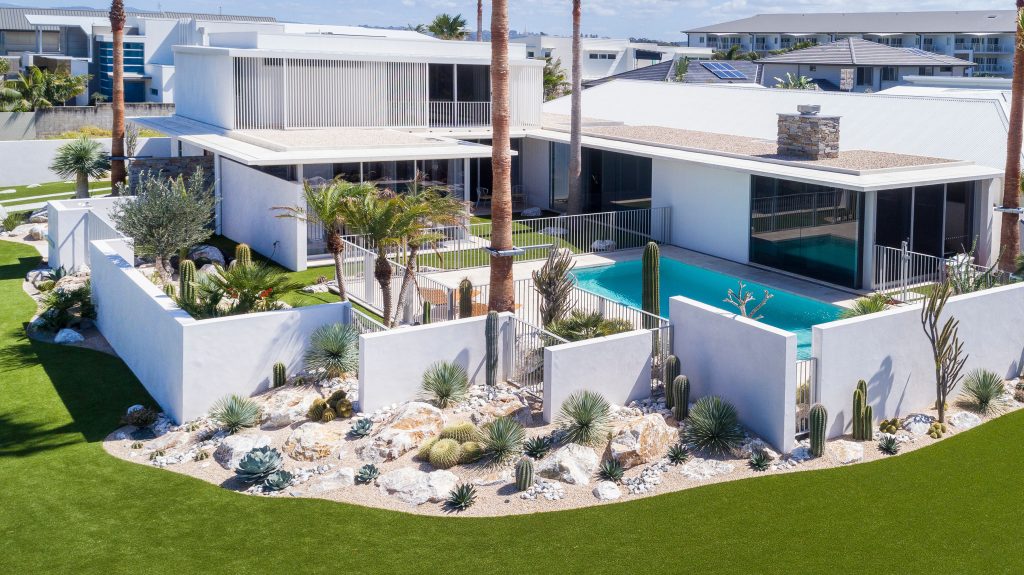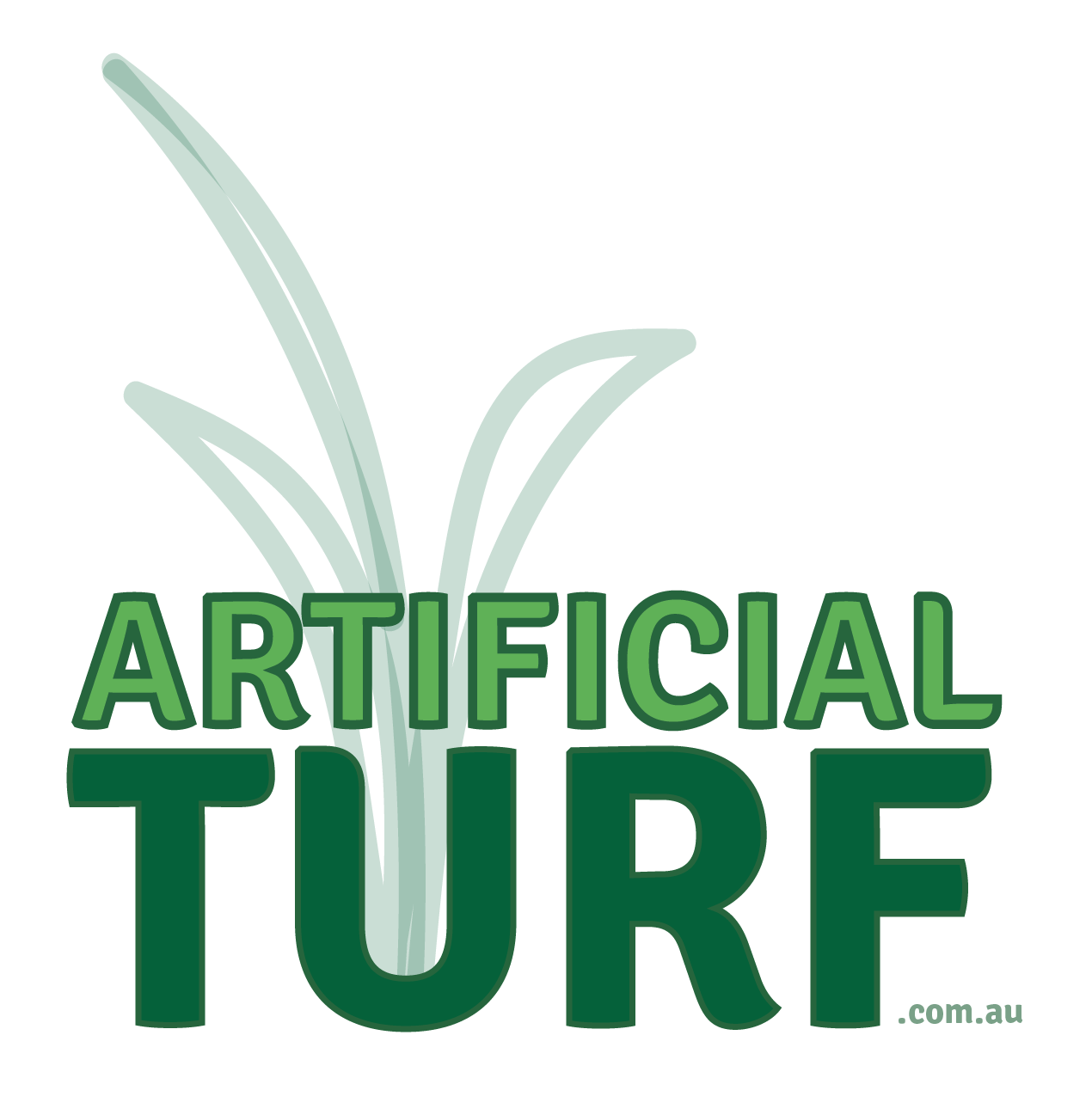Reevaluating Artificial Turf: A Sustainable Choice for Modern Landscapes

In recent years, artificial turf has faced criticism for its perceived environmental impact. Critics argue that it contributes to plastic pollution, heat islands, and ecological disruption. However, a closer examination reveals that artificial turf offers several environmental benefits that are often overlooked. It is time to reevaluate the narrative and recognize the sustainable potential of synthetic grass.
First and foremost, artificial turf significantly reduces water consumption. In a world grappling with water scarcity and frequent droughts, this is no small advantage. Natural grass lawns require substantial amounts of water to remain green and healthy, especially in arid regions. Artificial turf, on the other hand, does not need watering, conserving millions of gallons of water annually. This reduction in water use not only lowers utility bills but also helps communities manage their water resources more effectively.
Moreover, artificial turf eliminates the need for harmful pesticides and fertilizers. These chemicals, commonly used to maintain natural grass, can leach into the soil and waterways, causing pollution and harming local ecosystems. By opting for synthetic grass, we can reduce our reliance on these toxic substances, promoting cleaner soil and water in our communities.
Another important consideration is the reduction of greenhouse gas emissions. Maintaining natural grass involves regular mowing, which typically relies on gasoline-powered equipment. These lawnmowers emit significant amounts of carbon dioxide and other pollutants. Artificial turf requires no mowing, thereby cutting down on emissions and contributing to cleaner air. Additionally, the production and installation of artificial turf have become more energy-efficient, further minimizing its carbon footprint.
The issue of urban heat islands is often raised in opposition to artificial turf. While it is true that synthetic grass can become warmer than natural grass under direct sunlight, innovative solutions are emerging. Manufacturers are developing new materials and designs that reflect sunlight and dissipate heat more effectively. Moreover, the strategic use of shade structures and cooling technologies can mitigate this issue, ensuring comfortable and sustainable outdoor environments.
Lastly, artificial turf boasts impressive longevity and recyclability. High-quality synthetic grass can last up to 15 years or more, reducing the frequency of replacement and the associated waste. When it does reach the end of its life, many artificial turf products can be recycled, further decreasing their environmental impact.
In conclusion, while the environmental impact of artificial turf is a complex issue, it is clear that synthetic grass offers significant benefits. By conserving water, reducing chemical use, cutting emissions, and providing durable, recyclable options, artificial turf can be a sustainable choice for modern landscapes. As technology advances and our understanding of environmental stewardship evolves, it is essential to consider all facets of artificial turf’s impact and embrace its potential for a greener future.
Call the Supernatural Grass team for more information and don’t forget to read our FAQ section for more information. Call 1300 727 678 or email info@supernaturalgrass.com.au for more information.


No responses yet